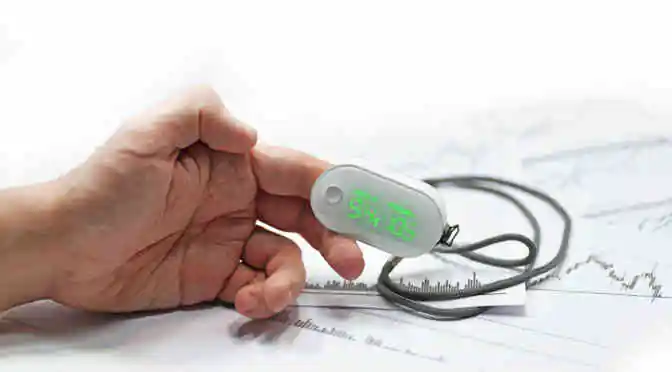A lot has been said about how the healthcare industry has been a rather conservative space when it comes to adoption of technology. At the same time, there is no denying the fact that technology – be it in the form of big data, cloud computing, or wearable devices – has already made inroads in the healthcare industry.
Redefining patient monitoring with wearable technology
One of the most ‘happening’ areas of consumer technology, wearable technology is a testimony of how wearing smart devices has become the new social standard. What perhaps started with the Abacus ring in the 17th century, has now gone to the extent of Google Glass – signaling the metamorphosis of wearable technology. Especially, in the case of the healthcare industry, this technology has placed the much-needed control right in the hands of the patients. Also, it has enabled the healthcare professionals to provide a quick and focused diagnosis of the health condition and deliver better results.
Rapid advancements in wearable technology has enabled remote patient monitoring, and turned ‘mHealth’ into solid reality. Apart from cost-effective diagnosis, medical wearables make it easier to detect chronic diseases at the initial stage itself, thereby increasing the chances of the patient’s survival. Importantly, wearable technology has made it possible to place connected information on a common platform for easy analysis and integration with various health departments.
Constant connectivity between patients and doctors
With an increased presence of vendors of medical wearables in the virtual space, a growing number of patients have adopted wearables in their everyday lives. The benefit being better attention to details which otherwise isn’t possible for the patient to monitor. For instance, Zephyr Anywhere’s BioPatch is a small device which can be attached to the patient’s chest to monitor the vitals minute-by-minute and collect medical-grade data for the doctors’ use. This BioPatch monitors patients 24 hours a day. Even patients with serious illness can wear the patch at home, and the hospital will be notified as soon as there are any bad signs. This way patients can avoid unnecessary hospitalization, the stress of frequent hospital admissions, and also the costs involved.
In the case of medical practitioners, especially surgeons, medical wearables have simplified the entire process for patient treatment. Recently the first surgery using Google Glass has been regarded by the medical fraternity as path-breaking because it enabled easy access to X-rays without the need to log onto another system or leaving the operating room. Thus, the patient receives 100% attention of the surgeons. Industry experts, in fact, expect future healthcare process to be a mix of healthcare robotics and wearables.
Undoubtedly, wearable technology has brought in positive changes in the healthcare industry, at the same time it is essential that the stakeholders are cautious about the associated downsides. Incidences like hacking, ransomware attack, data leak, etc. have already rocked the medical industry. It is therefore critical that necessary steps be taken to address such technical issues, or else, instead of being a boon, wearable technology will turn into a bane, a costly one at that too.



